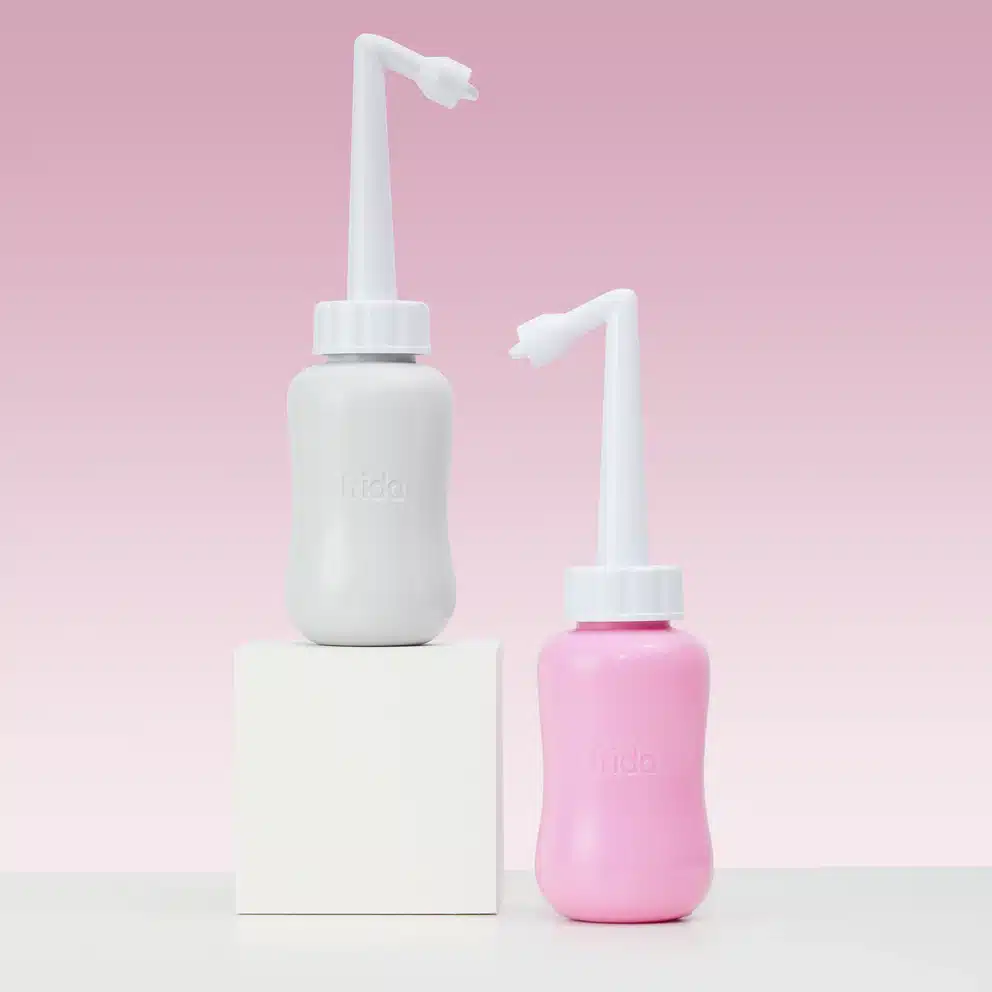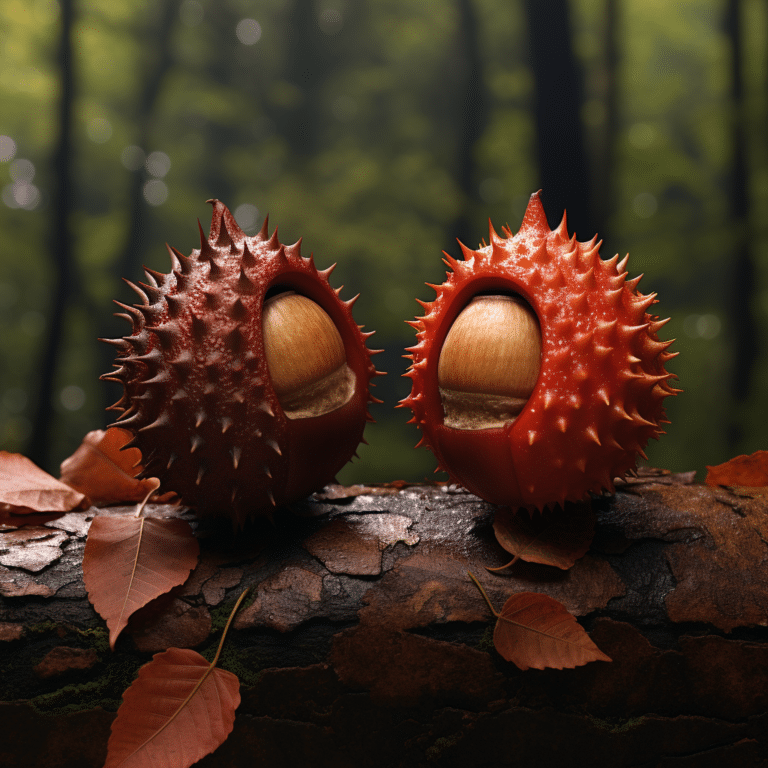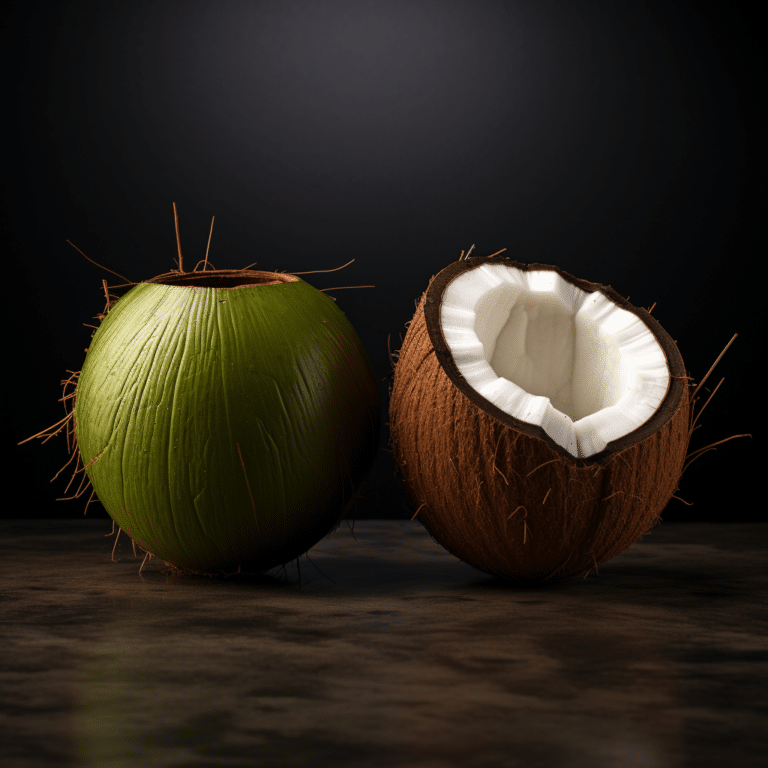Peri Bottle vs Bidet
Toilet paper is a standard clean-up product after a toilet visit, but it is not the healthiest option, because it does not completely clean your perineal and butt. On the other hand, using water is more hygienic and results in fewer injuries to your butt. For postpartum mothers, the thought of a toilet visit can be torturous and scary. That is where a Peri bottle comes in.
Peri bottle vs Bidet: Overview
Peri Bottle
A Peri bottle, also known as perineal irrigation, is a squirt bottle designed for postpartum care. The perineum is the diamond-shaped soft tissue that runs from the urethra, around the vagina, and back to the anal canal. It is critical in maintaining the pelvic floor, which keeps gravity from pulling on some of the reproductive and urinary organs.
During childbirth, the perineum stretches to allow the baby to pass to the vagina. When the baby is too large or is the premiere birth, there are tears, bruising, and swelling to the perineum and in some cases, doctors have to do an episiotomy. Then comes the stitches! Visiting the toilet for the first few days can cause a lot of pain and discomfort.
Uses
A Peri bottle is used for regular cleaning and soothing the tender, sore, or swollen perineal areas. Regular cleaning prevents infections and fosters faster healing. It gives relief from pain and burning sensation when passing urine. It also comes in handy after a change of postpartum pad providing the mum with comfort. A Peri can also be super helpful if you have a C-section, as bending over to wipe after using the toilet can be painful with your incision.
Examples of Peri bottles: Frida Mum Upside Down Peri, Ninja Mama, Dimes, Ellatree, and Zitrads Peri bottles.
How to use a Peri bottle
- Wash your hands
- Fill the Peri bottle with water, warm or cool
- Remove panties/ pads and sit on the toilet bowl
- Squeeze the Peri bottle to spray the perineal area as you pass urine. This dilutes it, easing the burning sensation.
- Gently pat dry with either wipes or toilet paper.
Pros of using a Peri bottle
- It is easy to use and clean
- Convenient
- Portable hence easy to move around with it
- Economical to use
- After postpartum healing, one can continue using the bottle for bathroom hygiene
- Can be useful for other purposes such as spraying around the home, and gardens.
Bidet
A bidet is a bowl or receptacle designed to be sat on to wash genitalia, perineum, inner buttocks, and anus using a concentrated stream of water. One can use a bidet after a toilet visit, after sexual intercourse, or just for refreshing, enjoying a fresher, cleaner, and happier bottom. A bidet comes in handy for a pregnant mother who doesn’t have to strain while cleaning herself.
Religious Influence
In Islam, there are many strict rules concerning excretion; in particular anal washing with water is required. Consequently, in Middle Eastern regions where Islam is the predominant religion, bidets are highly common. In Christian countries, bidets are common in majorly catholic countries where water is considered essential for anal cleaning. They are also common in some traditionally Orthodox and Protestant countries like Greece and Finland.
Types of Bidet
They include;
- Ceramic / stand-alone bidet
- Portable bidet
- Handheld spray bidet
- Built-in/toilet seat bidet
- Bidet attachments
Features of a bidet
Bidets vary from the most basic to elegant one depending on your budget. The features may therefore differ depending on advancement. A cheap bidet has basic features; water temperature and the non -electrical option.
The high-end product boasts; a feminine wash, heated seat, adjustable water pressure, water temperature option, heated air dry, adjustable nozzle position and spray width, oscillating cleanse, and water pulse cleanse. The high-end products also are fixed with turbo wash, self-cleaning nozzles, power saving mode, air deodorizer, stainless steel nozzle, and warranty.
How to use a Bidet
Firstly, use the toilet to relieve yourself. Secondly, direct the nozzle to the back and clean that is important, especially for women to avoid the waste getting into the vagina hence the risk of Urinary tract infection. Finally, dry up using an automatic dryer but if not available, use toilet paper. Before use, lift or remove clothes because they can get wet during use.
Why use a Bidet?
- It is easy to use, even in perineal care of the elderly and disabled persons
- It is environmentally friendly as it contributes to the conservation of water and trees
- It is hygienic
- Friendly to use
- Minimizes transfer of waste to hands reducing contamination
- It causes less irritation as compared to tissue papers.
- A high-pressure jet flow induces bowel movement hence reducing cases of constipation
- Electronic bidet allows users to regulate water pressure and temperature
According to research by the Journal of Korean Medical Science, the effect of relaxing anal sphincter pressure by use of a bidet may be beneficial to patients with elevated anal pressures due to anorectal diseases, such as an anal fissure or hemorrhoids, and during postoperative periods after surgery for anal diseases.
The researchers indicated that a bidet used at a warm temperature for 10 min increased blood flow in the submucosa of the anus, which potentially contributes to postoperative wound healing.
Cons of using a bidet
- Risk of bacterial and viral organisms thus increased chances of contracting infections such bacterial vaginosis and urinary tract infection in women.
- Can cause anal pruritus and anal incontinence
- It is not usable in places that have water shortages
- May cause perianal burns, and therefore bidets should be used carefully on the elderly and patients with neurologic disorders because of reduced anal sensation to temperature.
Can You Use a Peri Bottle as a Bidet?
Technically, a peri bottle could be used as a makeshift bidet, but it is not designed or intended for that purpose.
A peri bottle is typically used for postpartum care or for personal hygiene after using the toilet. It is designed to squirt water in a controlled and gentle manner to clean the perineal area.
A bidet, on the other hand, is a separate bathroom fixture that is designed specifically for cleaning the genital and anal areas after using the toilet. It is typically installed next to the toilet and uses a stream of water to provide a thorough cleaning.
While a peri bottle may be able to provide some level of cleaning, it is not a replacement for a bidet. If you are interested in using a bidet, it is recommended to invest in a proper bidet attachment or fixture for your bathroom.
To sum it up, a Peri bottle is beneficial for postpartum care and a bidet, on the other hand, is best for perineal care for the whole family. A Peri bottle is for temporary use, whereas a bidet is for long-term use.






